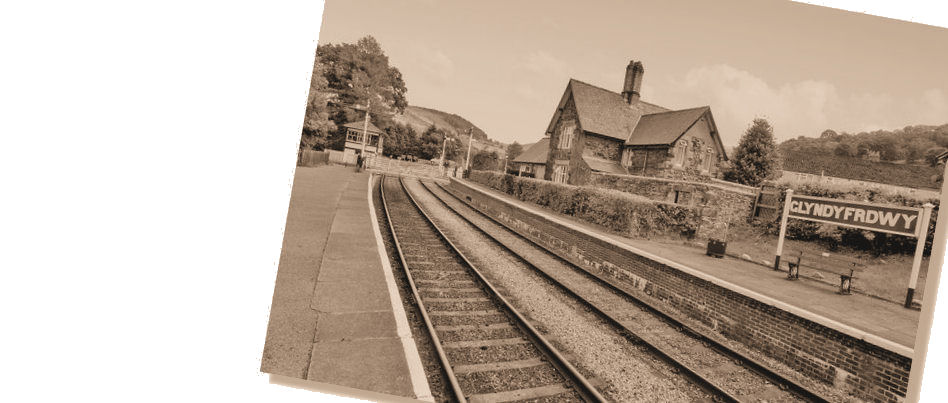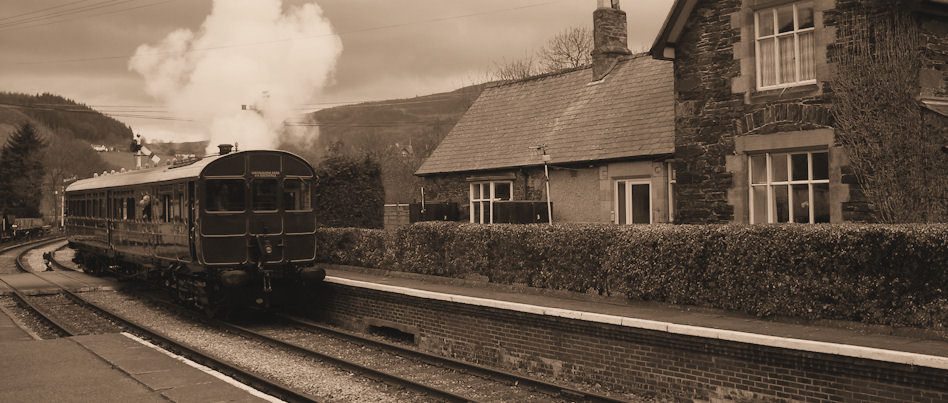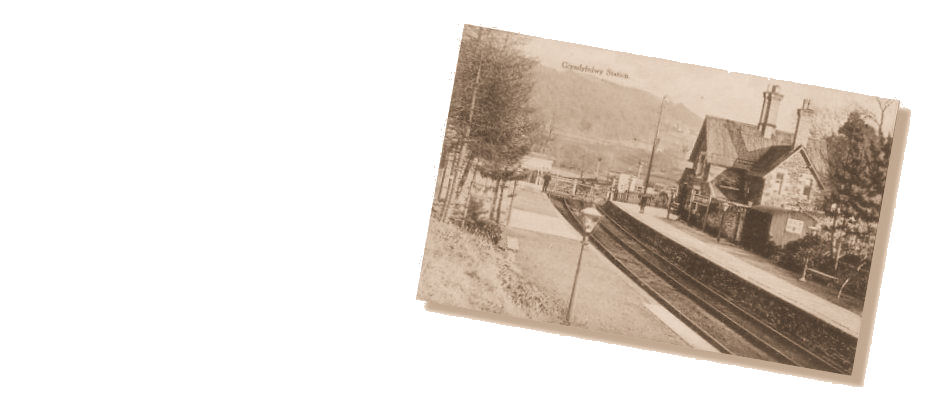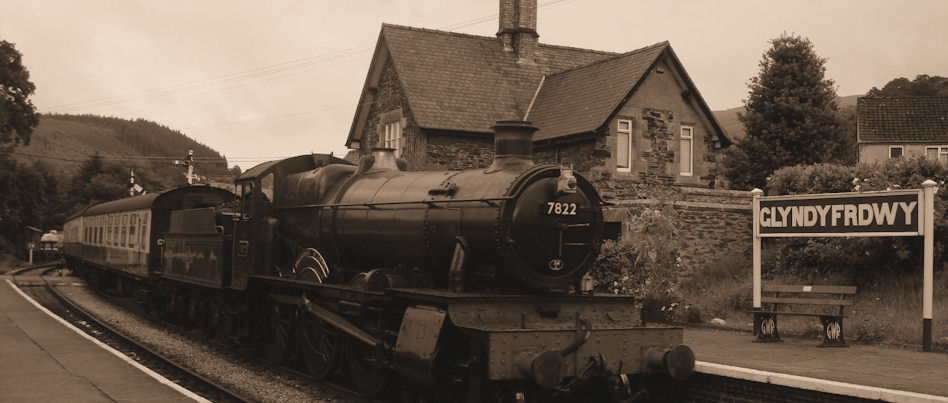History












The Llangollen and Corwen Railway was conceived at a meeting in Corwen in 1859 and in 2012 the Llangollen Railway expects to return to Corwen. The engineer of the railway and architect of Station House was Sir Henry Robertson, a business man and philanthropist.
The railway opened on January 14th 1865 and connected Ruabon to Barmouth in 1869. The line was to be closed in early 1965 under the Beeching plan but floods effectively closed it on December 13th 1964. By then Glyndyfrdwy station house was no longer occupied by railwaymen and was tenanted to a local builder and his family. They saw the line pulled up and platforms demolished and a playing field built in front of the station. The builder subsequently bought the property from the local council and improved it.
By the early 1990’s the platforms had been rebuilt and track laid by the Llangollen Railway. The first train in preservation ran to the station on 17th April. The children’s playing field are now well to the side of the house in a field overlooking a siding and once more station house residents can enjoy railway travel to Llangollen and Corwen.
Glyndyfrdwy’s main industry in the 19th century was quarrying. Now the valley is quiet with farming and tourism predominant. The village lies just outside the UNESCO world heritage site. This status was granted in recognition of Thomas Telford’s great canal endeavours that can still be enjoyed by narrow boats from Llangollen. Llangollen has a super museum that explains over 2000 years of development in the area. Entry is free.
These books give more historic detail and stories and are available from the Llangollen Railway shop:
- ‘Glyndyfrdwy and its’ railways’ by Paul Lawton
- ‘My railway in the valley’ by Keith Scott
- ‘Llangollen Railway and the Dee Valley’
- ‘The Llangollen Railway’ by Mike Heath
CREDITS: Images 4, 5, 6, 7 and 8 (l-r) have all been provided courtesy of John Rutter of the Llangollen Railway.



 Step-back in time!
Step-back in time! 